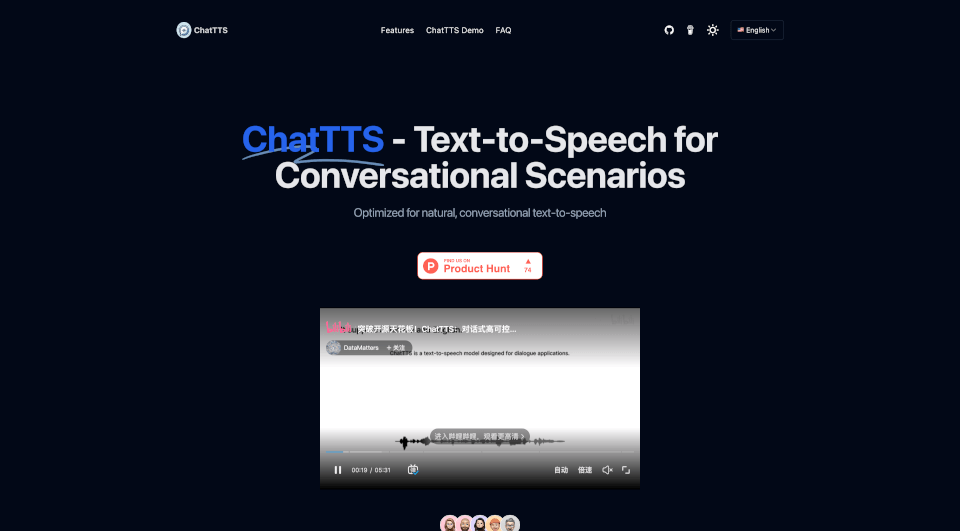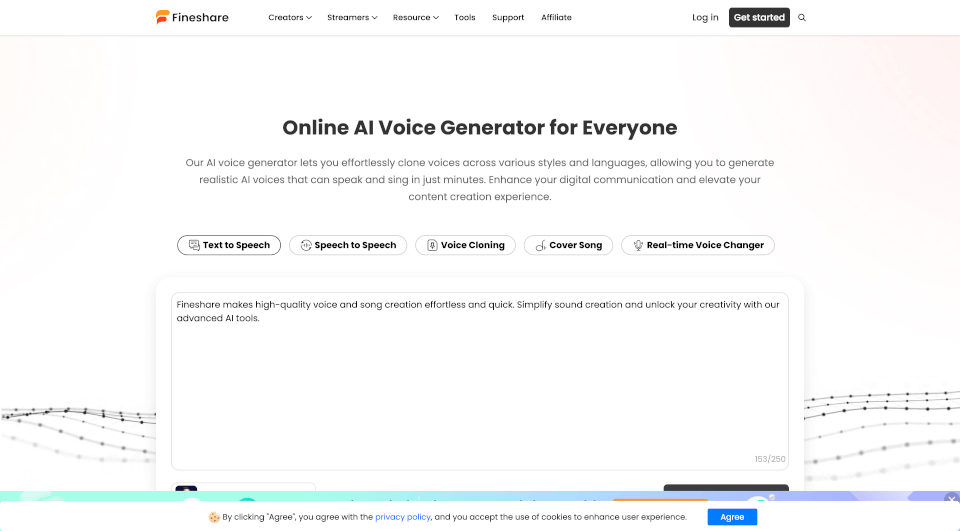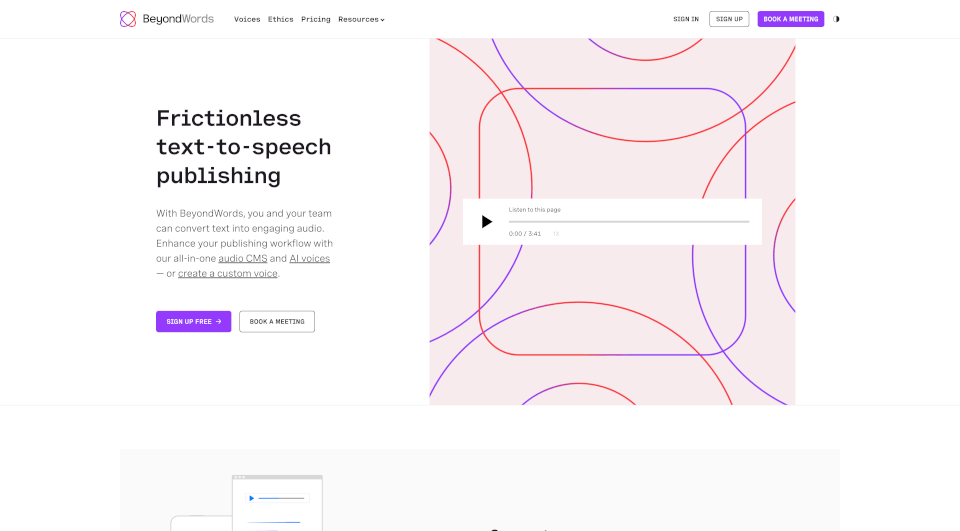What is ChatTTS?
ChatTTS is a groundbreaking text-to-speech model specifically designed for conversational scenarios, making it ideal for applications such as dialogue tasks for large language models (LLMs) and producing conversational audio and video introductions. With support for both English and Chinese, ChatTTS delivers high-quality and natural-sounding speech synthesis, achieved by training on approximately 100,000 hours of data. The project team is also committed to open-sourcing a basic model trained on 40,000 hours of data, which will greatly benefit the academic and developer communities for further research and development.
What are the features of ChatTTS?
Multi-language Support
One of the standout features of ChatTTS is its fluency in multiple languages, prominently featuring English and Chinese. This multilingual capability allows developers to engage a broad audience and effectively overcome language barriers, making it a versatile solution in the text-to-speech domain.
Large Data Training
ChatTTS stands out thanks to its robust training regime, utilizing a whopping 100,000 hours of diverse data in both Chinese and English. This extensive training means that ChatTTS can synthesize speech that sounds remarkably authentic and natural, catering to a variety of user needs.
Dialog Task Compatibility
The model is meticulously crafted for dialog tasks commonly associated with large language models (LLMs). It's capable of generating responsive dialogue, enabling more natural and fluid conversations when integrated into various applications and services.
Open Source Plans
The project team has ambitious plans to provide an open-source version of their model. By releasing a trained base model, they will facilitate further innovation within the academic and developer communities, promoting knowledge sharing and advancement in the field.
Control and Security
With a commitment to safety and reliability, the ChatTTS team is working on improving the model's controllability. This includes the introduction of watermarks and better integration with LLMs, ensuring that users can trust the technology they utilize.
Ease of Use
ChatTTS aims to provide a user-friendly experience. Users merely need to input text, and the system generates corresponding voice files seamlessly. It’s designed for those who require efficient voice synthesis without complicated setup processes.
What are the characteristics of ChatTTS?
ChatTTS is built with cutting-edge technology to ensure high-quality voice synthesis. Its training on diverse datasets allows it to capture various speech patterns, intonations, and nuances, leading to speech that is not only intelligible but pleasing to listen to. The model supports a range of applications, thanks to its ability to produce natural-sounding dialogue and a robust API that developers can leverage with ease.
What are the use cases of ChatTTS?
Conversational Agents
ChatTTS is exceptionally suited for developing conversational agents and AI assistants. By integrating ChatTTS into these systems, companies can provide users with a more engaging and interactive experience.
Educational and Training Tools
The technology can be employed for creating educational content that requires synthesized speech, making learning more accessible and engaging for students. From e-learning platforms to training simulations, ChatTTS can enrich the learning experience.
Entertainment Industry
In the entertainment sector, ChatTTS can generate dialogue for video introductions and animations. Its natural-sounding voice can help bring characters and narratives to life, contributing to a superior audience experience.
Multimedia Production
For content creators, ChatTTS provides a tool for generating voiceovers for videos, podcasts, or audio books. The realistic speech synthesis enhances visitor engagement and adds a professional touch to multimedia projects.
Accessibility Tools
ChatTTS can play a vital role in developing accessibility tools for individuals with speech impairments or reading difficulties. By converting text to lifelike speech, it can significantly aid communication and comprehension.
How to use ChatTTS?
Getting started with ChatTTS is simple, following these easy steps:
- Download from GitHub: Clone the repository from GitHub using the command:
git clone https://github.com/2noise/ChatTTS - Install Dependencies: Ensure you have the required packages installed:
pip install torch ChatTTS - Import Required Libraries: Begin your script by importing the necessary libraries:
import torch import ChatTTS from IPython.display import Audio - Initialize ChatTTS: Create an instance of the class and load the model:
chat = ChatTTS.Chat() chat.load_models() - Prepare Your Text: Define the text you want to convert to speech:
texts = ["Hello, welcome to ChatTTS!",] - Generate Speech: Invoke the infer method to generate speech:
wavs = chat.infer(texts, use_decoder=True) - Play the Audio: Use IPython's Audio class to play the generated audio:
Audio(wavs[0], rate=24_000, autoplay=True)








